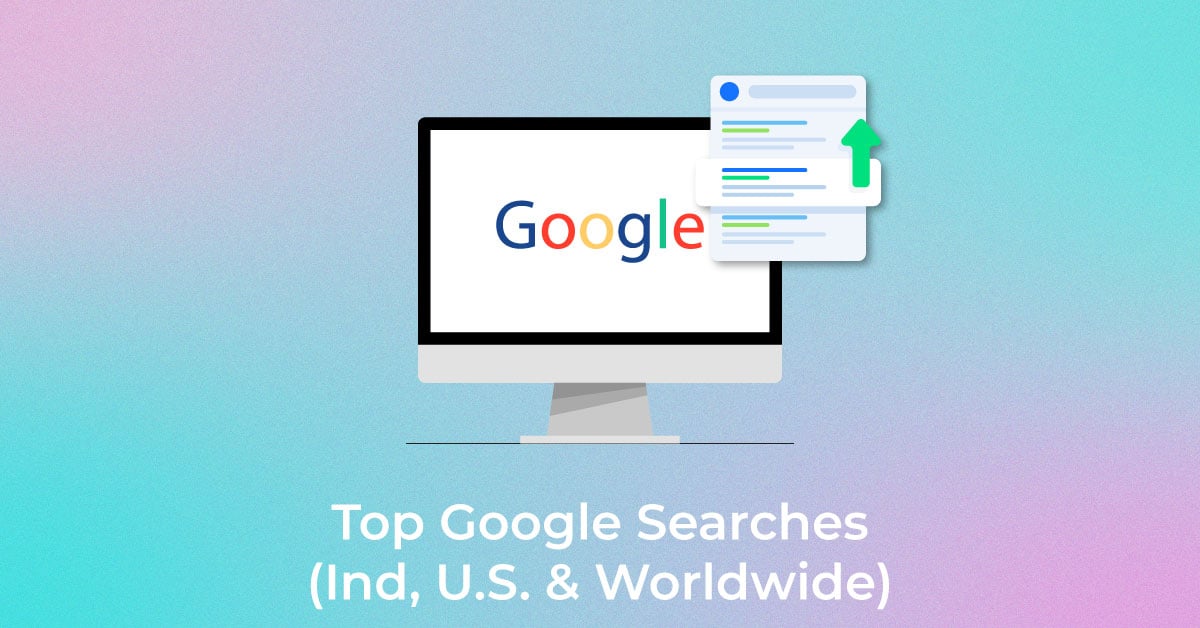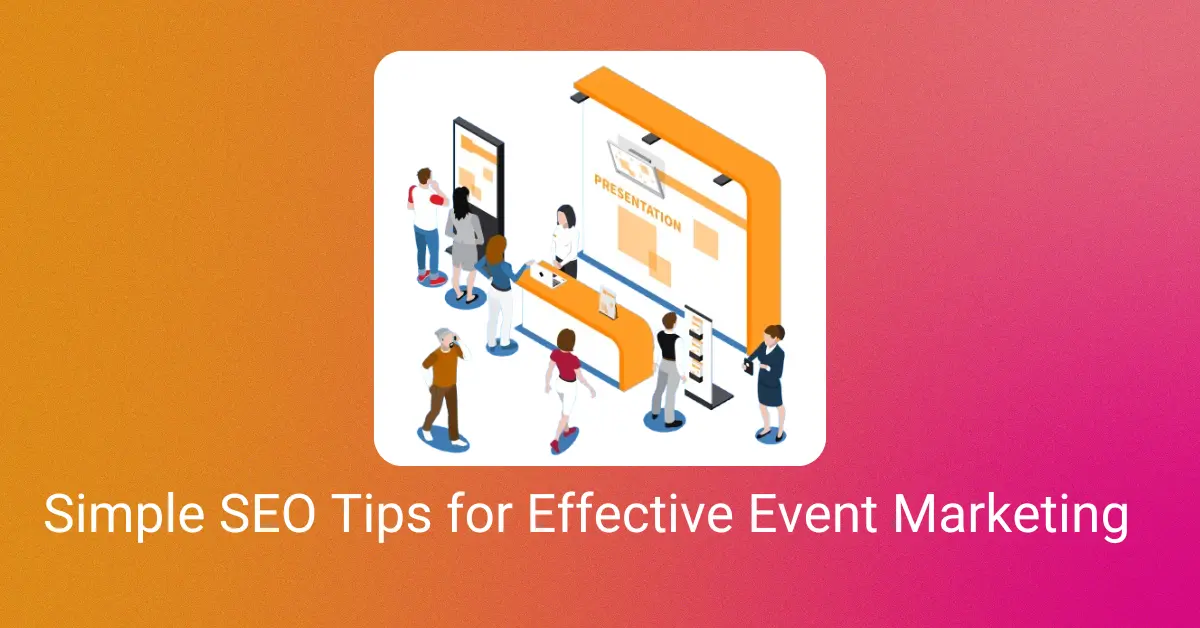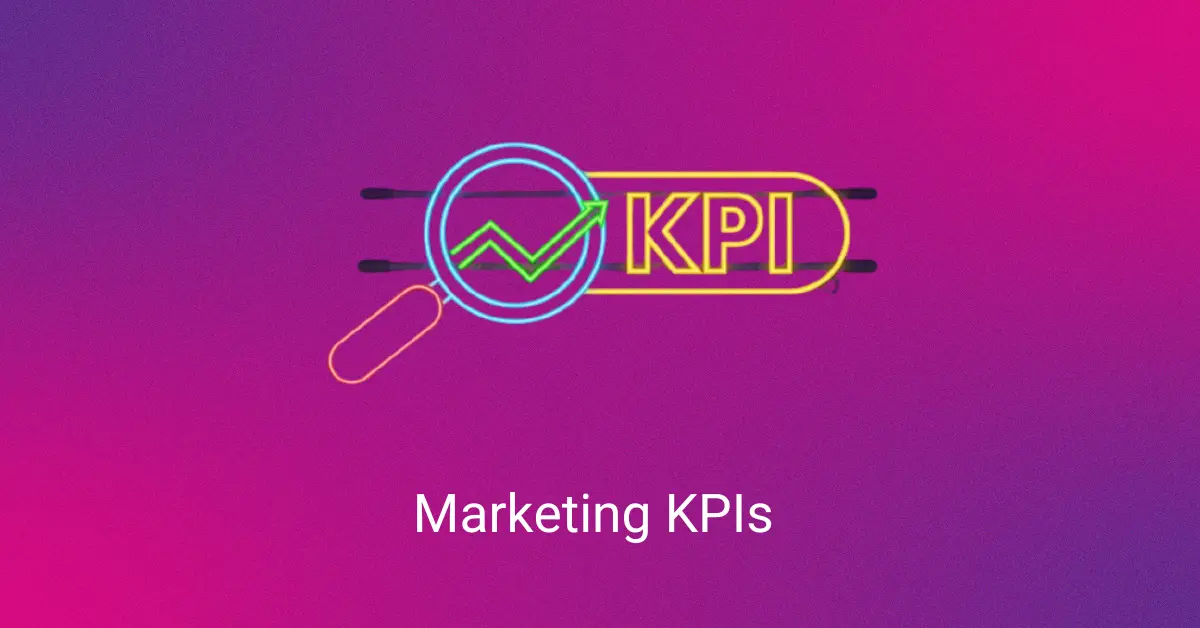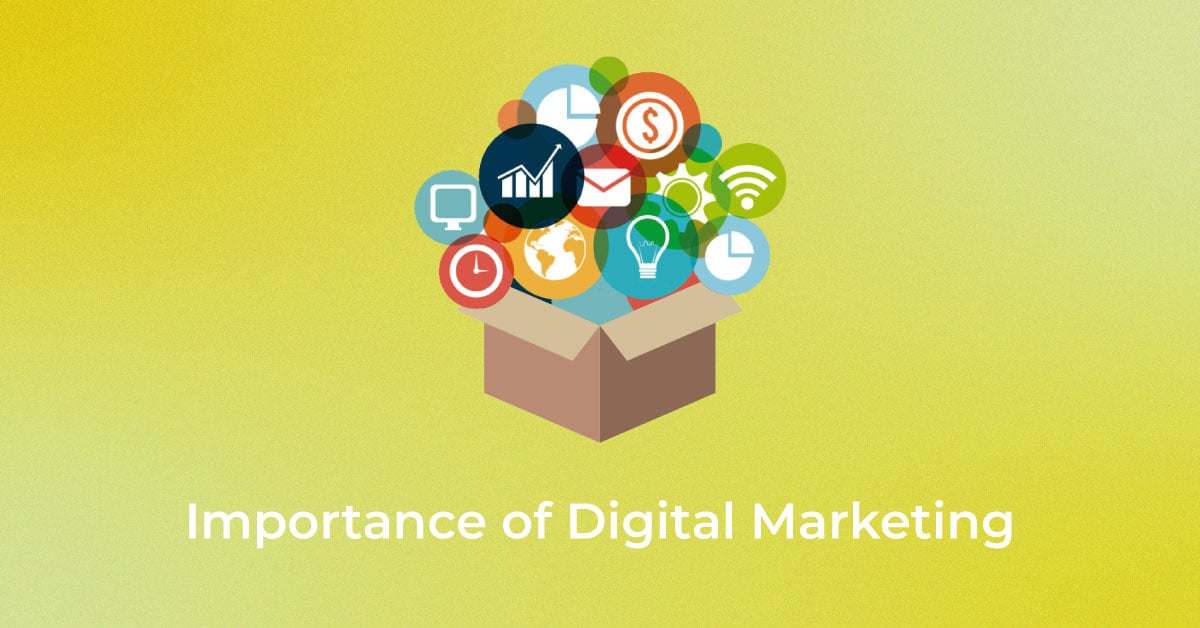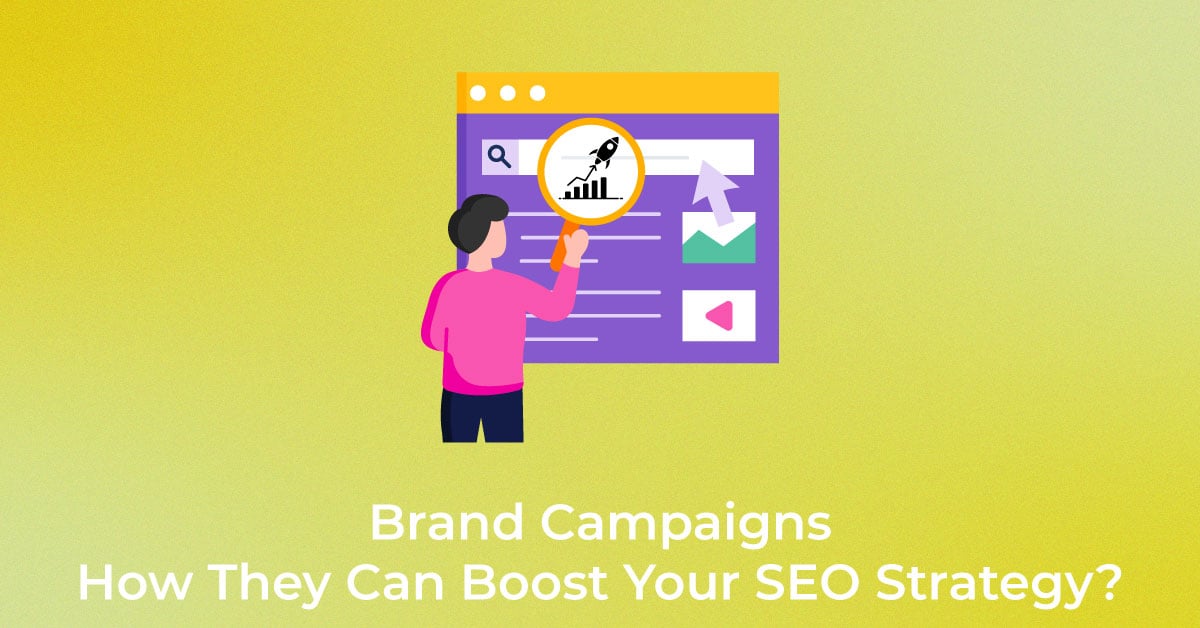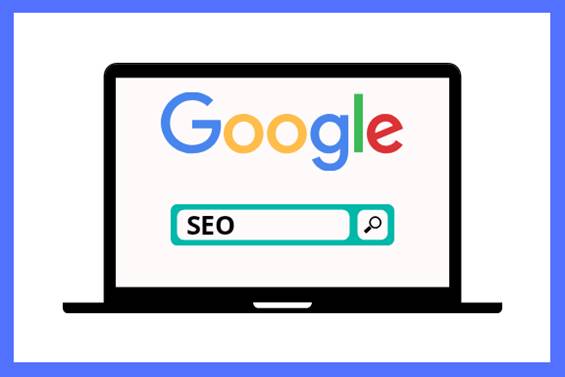Introduction to Growth Marketing
Growth Marketing is a diverse and fascinating topic. One needs to have a multiplier mindset to be a growth marketer and inspire the target audience to become brand ambassadors.
Anshuman Kumar – a representative of INTUIT, India explains how their journey has helped them realize how unique marketing solutions can be created by understanding what features are core to a company, like culture, product, values, etc.
Your company values and culture can be leveraged to create growth marketing strategies, find the main consumer problems and develop that multiplier effect.
Marketing Challenges
Whenever you are given a choice, you are anxious about whether your choice is correct or not and what are you are missing out on. In fact, the variety of choices consumers have today is a foundational challenge for marketers.
There is so much good digital content available online at our fingertips today that it is easy to get confused about where to actually spend our time. In short, we make multiple choices every day as consumers, marketers, etc.
Core Values of INTUIT
INTUIT wanted to attract the best talent when they established themselves in India. However, in India, people have multiple choices with regard to the organization they want to work for. But they do not understand that it is not about “Where I will work?”. Instead, it is about “Why will I work where I will work?”. People usually look for something that connects them with the organization.
INTUIT started from the era of DOS (Disk Operating System) and has since witnessed multiple shifts in technology. With every shift, they had to reinvent themselves. The way INTUIT measures its success is by checking how it has delivered to its three key stakeholders – Employees, Customers/Partners and Shareholders.
For INTUIT, employees are like air because without it, a person would survive for only a minute or two. Customers/partners are like water because without it, a person would survive for a day or two and the shareholders are like food because without it, a person would survive for a week at the most. This is the core culture of INTUIT that focuses more on employees as they are the foundation and the most important asset of an organization.
The Challenges INTUIT Faced
The biggest challenge INTUIT faced was how to portray the experience of INTUIT employees to the outside world in an effective manner. Case in point was when one of the product leaders of INTUIT wrote a Glassdoor review in which they mentioned that INTUIT is one of the best-kept secrets in Silicon Valley. As a marketer, it is a nightmare if your product or service is perceived this way.
When INTUIT came to India, it was not a household brand; they did not even have a product in the market. That is when they decided to depict their culture as their brand story and a differentiating factor.
Every company has a unique culture. Culture is a set of experiences that people have with a product or a company and the perception that employees have of an organization.
You must ask yourself these questions: how can you help your employees experience the culture of the company and how can you provide them with a platform to share their work experiences with the world.
There is a quote by Maya Angelou which reads: “People will forget what you said, people will forget what you did but they will never forget how you make them feel”. Likewise, a company has to introduce solutions to bring its employees close to its culture, to create engagement and to make them believers of the culture.
However, the question INTUIT faced was how do they go from a level where no one knew them, even their employees, to a level where they could create brand ambassadors or brand champions.
INTUIT’s Strategy to Overcome the Challenges
Thus, INTUIT devised a three-phase strategy to achieve this feat. The first phase included creating such a cultural experience that the employees were engaged with it. The second was to provide a platform for such employees to share their experiences outside as well as inside the organization. And the final phase was to give complete control to the employees — to get them to lead and create a shared brand experience.
Although this was a great strategy, it was very difficult to execute, thus proving to be one of the biggest challenges INTUIT faced.
INTUIT’s belief in design-centric thinking is something very foundational to the company. The product development efforts of INTUIT are based on two principles – customer-driven innovation and design for delight.
INTUIT leveraged its innovative thinking to create its digital strategy. The following anecdote only added to this practice and reinforced INTUIT’s beliefs:
First Phase of the Strategy
When employees completed 5 years in INTUIT, the company’s India leader went to their desks, brought the entire team together, celebrated with them and asked them to recollect the memories of the past years. It was a great experience but such things were soon forgotten.
Second Phase of the Strategy
INTUIT wanted to amplify this inclusive experience and make it permanent to carry out the first phase of its strategy. To achieve this, they created their first Facebook page and started to share such stories on it. Things that happened inside a small office environment of 50 people now drew attraction from thousands of people online. People started tagging and commenting on their posts.
One of the most important things they learned from this exercise was that the employees who were not very vocal in the office were the first ones to go ahead and like, comment and share their posts. This was the second phase of the strategy where they created a platform for their employees to share their experiences.
Third Phase of the Strategy
Now for the final phase where they wanted their employees to take the lead, INTUIT started a brand campaign named ‘I am INTUIT’. They started creating pictures and posters of INTUIT employees to make them the face of the organization. To ensure that none of the employees were missed, they created an app called ‘I am INTUIT’, where employees could create their own I am INTUIT creative in just three steps. The final tipping point of INTUIT’s digital strategy was when they gave complete control to the audience. One of the employees of INTUIT shared her creative from her personal social media account even before INTUIT’s official account did.
INTUIT asked its employees to run the company’s social campaign from their personal social media handles and this was a game-changer move for them. Employees became the face and the ambassadors of the company’s campaign.
After such a successful campaign, INTUIT was ranked around 7 to 10 consistently in the list of best places to work in India. However, people felt INTUIT deserved to be ranked within the top 5. To achieve this, INTUIT asked its employees to lead and sign up as GPTW (Great Place to Work) ambassadors who focus on three principles – inform, engage and inspire. They ensure that all the new employees are aware of the culture and the benefits of working at the company. They talk to the employees about any improvements that can be made and inspire them by actually making those changes happen.
The Success that Followed
With the help of such efforts, in 2017, INTUIT was ranked as the number 1 company to work for in India and has landed one of the top 2 spots ever since.
To celebrate this achievement, INTUIT invited people from academia to understand their organization and write about them. The story written by these scholars was then published in the Harvard Business Review. Today, it is cited as a useful case study in many companies and institutes worldwide.
Are you inspired by INTUIT’s amazing journey? Tell us in the comments below.
Popular Searches
How useful was this post?
0 / 5. 0










